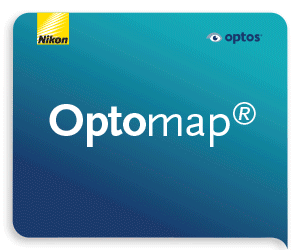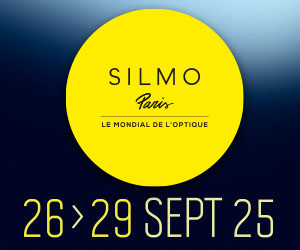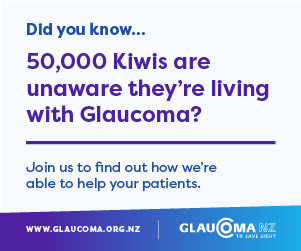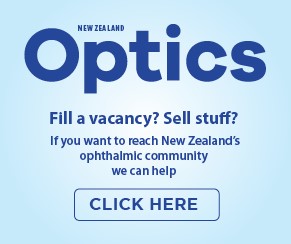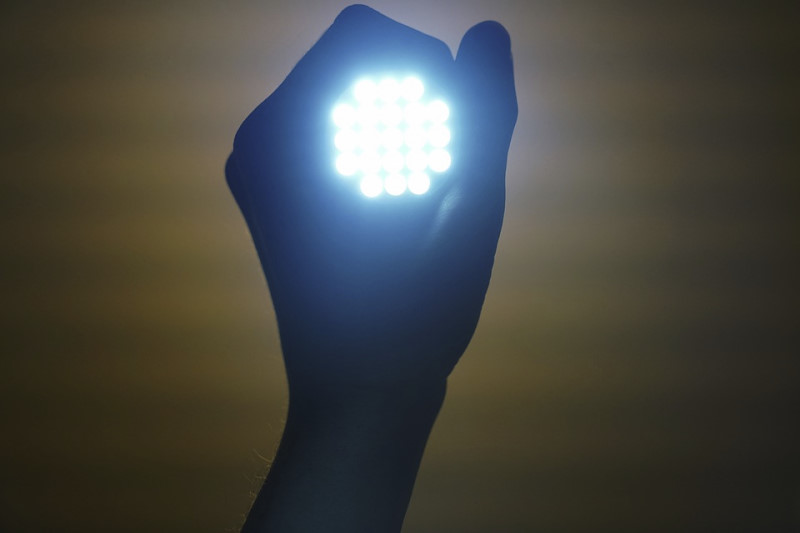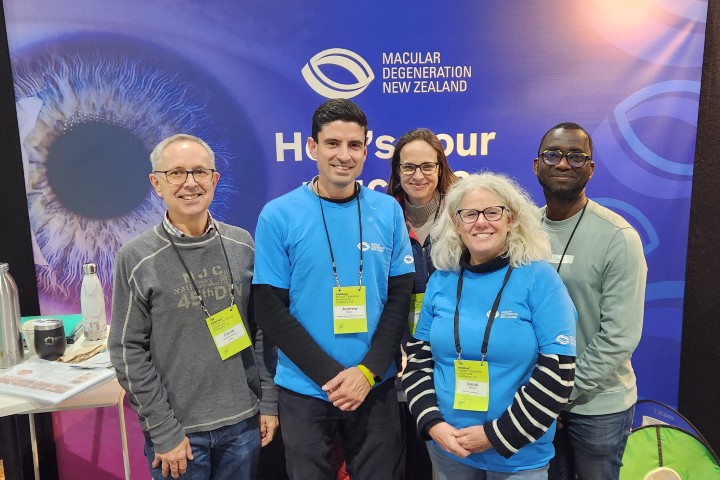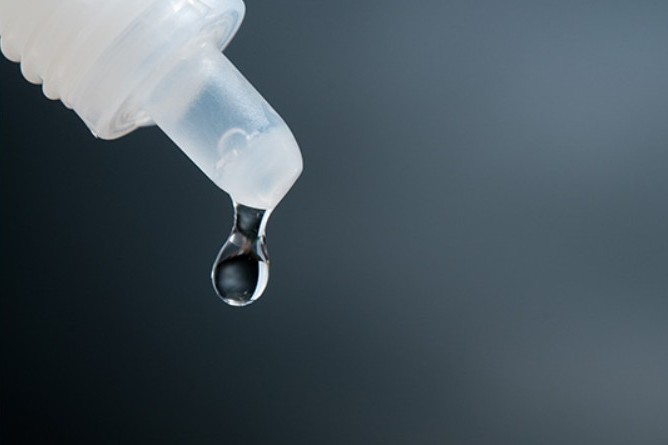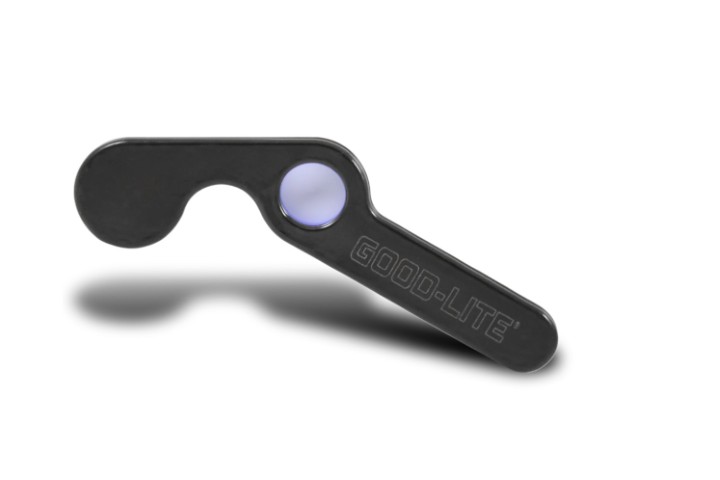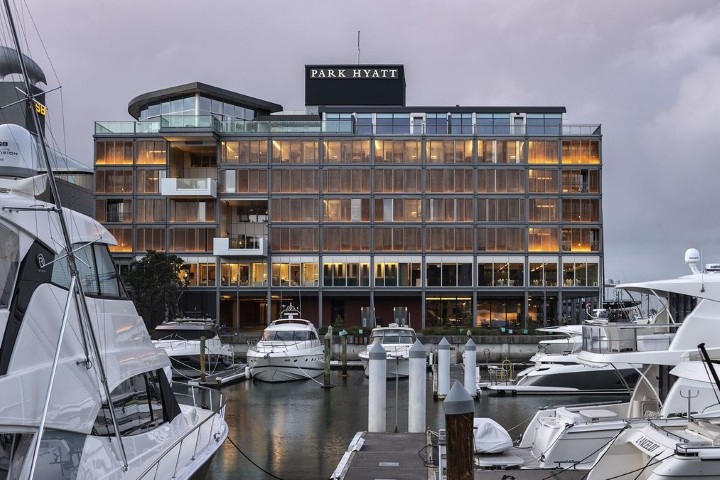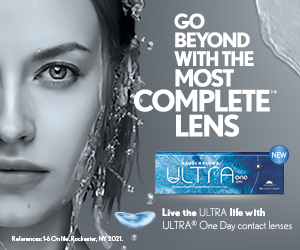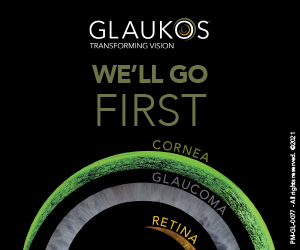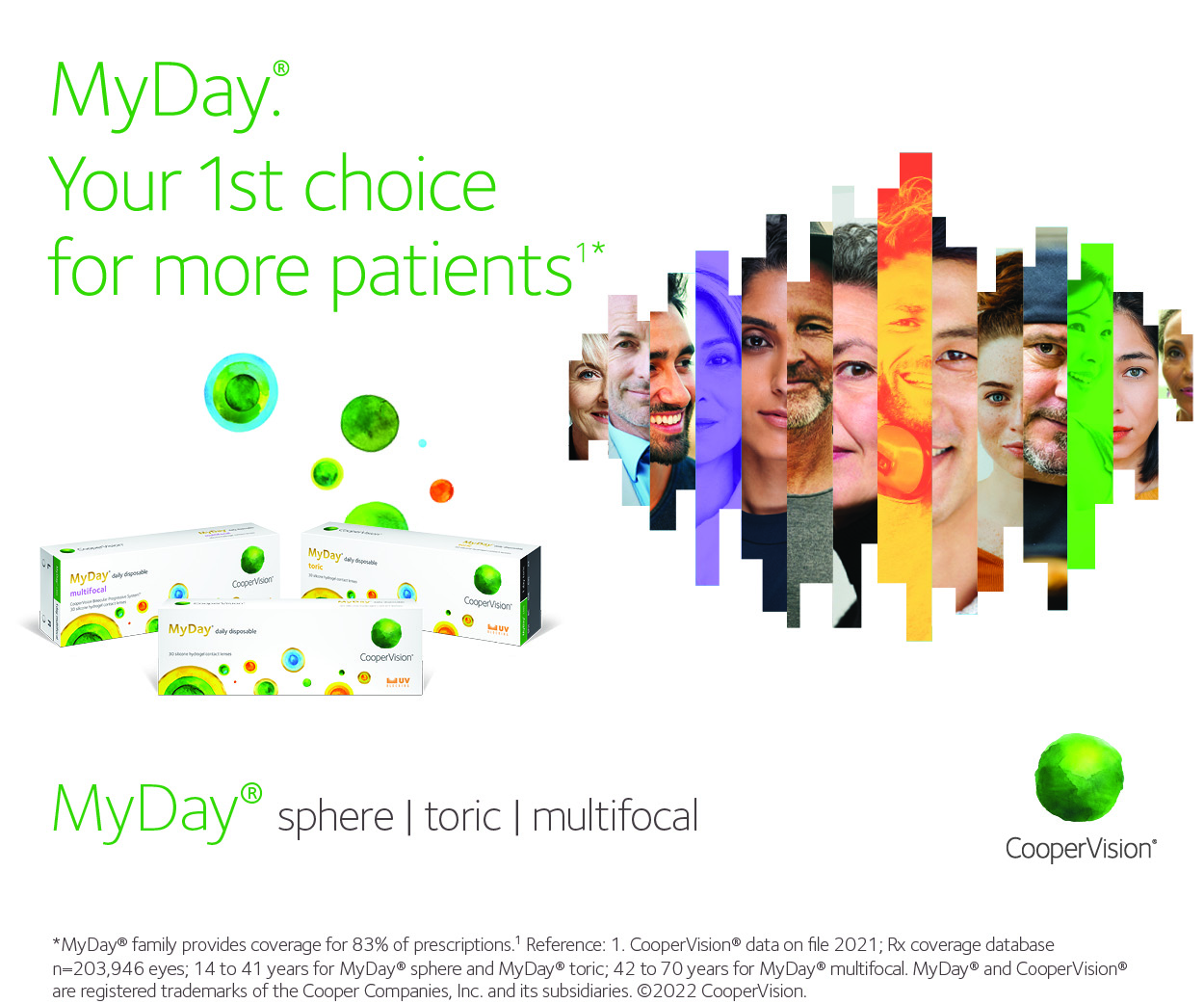Call for stronger LED regulation
LED lights, especially those emitting blue (cold) light, can have a photo-toxic effect on the retina and increase the risk of age-related macular degeneration (AMD), the French Agency for Food, Environmental and Occupational Health & Safety (ANSES) has warned.
In a 400-page report, reinforcing its 2010 findings on blue light toxicity, the agency called for restrictions on blue-rich LEDs and better public information about LED-related eye risks. Both acute and long-term exposure increased the risk of retinal damage, but chronic exposure was less dangerous, it said, while “warm white" LED home lights were indistinguishable from traditional lighting and were unlikely to be phototoxic.
The agency particularly highlighted concerns about LED flashlights, car headlights, decorations and toys emitting particularly blue-rich lights which it said were not covered by current regulations.
The study showed even very limited night-time exposure to blue-rich light disturbed biological rhythms and sleep. ANSES emphasised screens, especially computers, smartphones and tablets were important sources of blue-rich light and said children and adolescents - whose crystalline lenses were not fully formed and did not filter blue light as effectively - were particularly at risk. Significant variations in light intensity also gave rise to headaches, visual fatigue and a higher risk of accidents, it added.
The agency stressed the effectiveness of treated lenses, protective glasses or special screens designed to reduce blue light exposure were highly variable and their effectiveness in preserving circadian rhythms was also not proven. It encouraged the establishment of standards defining the performance criteria of protection equipment with respect to blue light.
Due to their cost and energy-saving potential, and partly driven by government-backed initiatives, LEDs have risen sharply in popularity, supplanting traditional incandescent and halogen lights. “LED technology has gobbled up half of the general lighting market in a decade,” The Daily Mail reported adding this could top 60% by the end of next year.
ANSES reiterated the importance of favouring "warm white" domestic lighting (colour temperature below 3000K). It recommended changes in regulations to limit the risks associated with exposure to blue light, in particular:
- restricting the public availability of higher-intensity LED objects;
- limiting the luminous intensity of motor vehicle headlights, while guaranteeing road safety; and
- minimising exposure to light sources such as lights, screens and other objects with LEDs.
The agency also recommended strengthening regulations to limit light pollution, while ensuring the safety of people. Regardless of the ecosystem studied, it said, scientific evidence consistently showed an increase in mortality and a depletion of the diversity of animal and plant species in night-light environments, including those using LED lighting.






